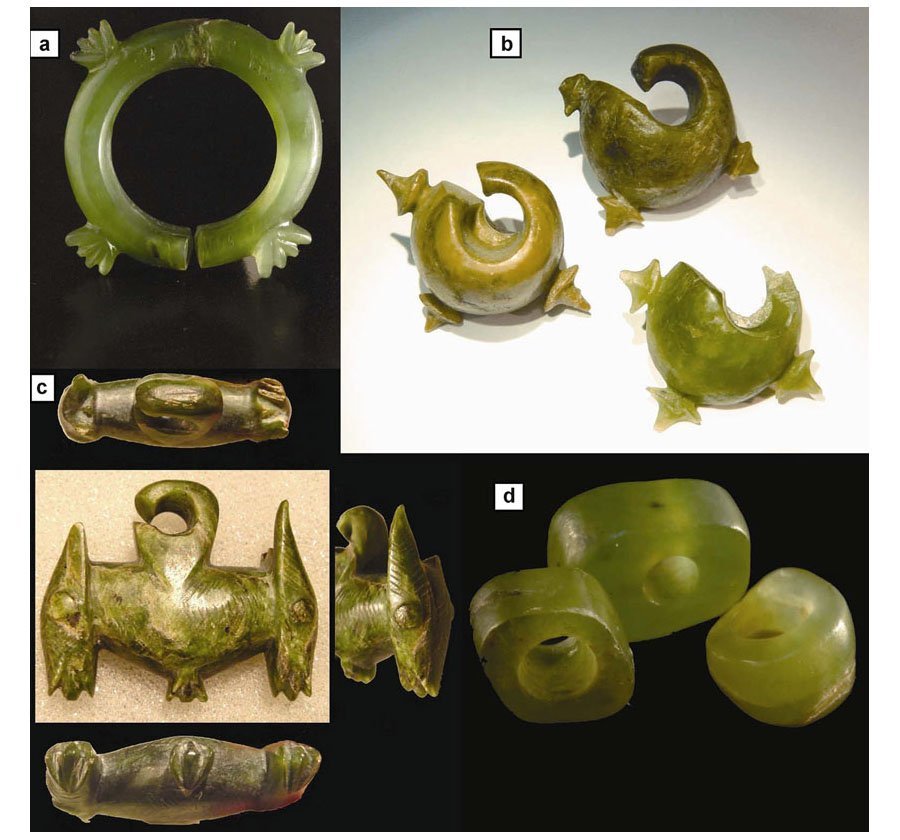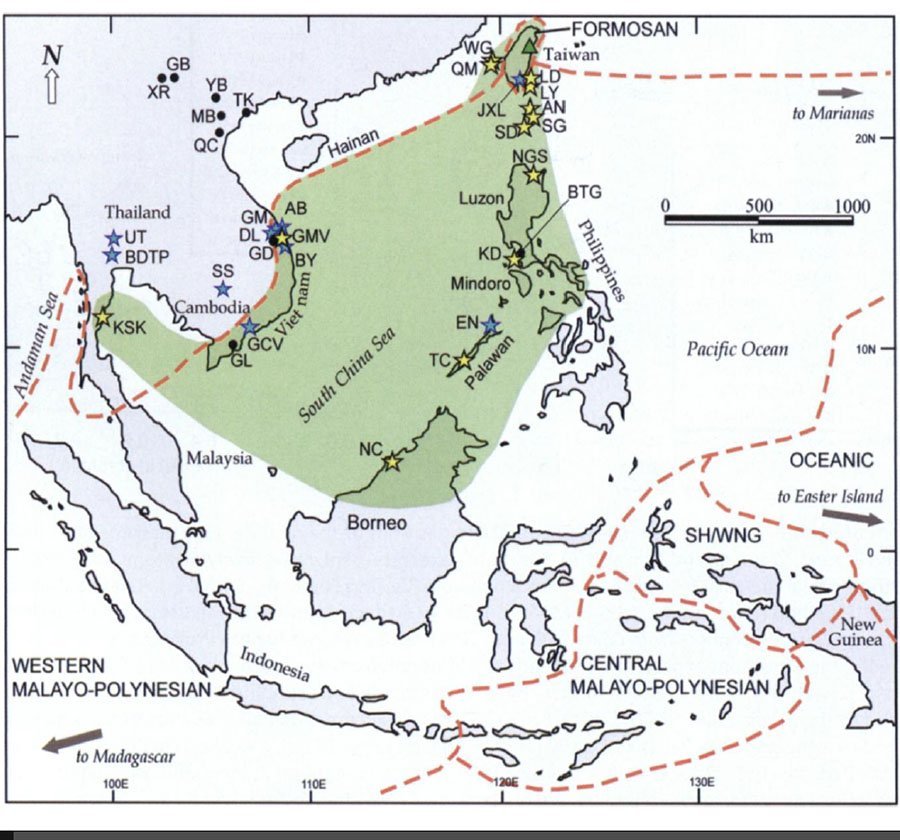Lingling-o: Jade Trade During The Neolithic

It is very common today to buy jewelry from abroad. People from other countries would buy some unique jewelry from the Philippines. And we buy jewelry from them. With advancements in transportation technology, now almost anyone can buy anything from around the world. Aside from that, what about the past? Have people of the past traded with each other? Well, the answer to these questions is yes. So, let us talk about that.
Jade Jewelry
The prehistoric people of Southeast Asia loved their jade jewelry. It is common for these people to use jade as body decorations. People wear them as status symbols and worn differently by each ethnic group.
Usual people made jade jewelry in a form called lingling-o. This is an ear pendant that people around southeast Asia wear. People made them out of jadeitite, nephrite, or metals like gold, silver, and copper. A lingling-o would look like a penannular earring with three pointed circumferential projections. Sometimes people shape them to look like a double animal-headed ear pendant.

Trading Between Taiwan, Philippines, and Vietnam
Experts say the countries of Taiwan, the Philippines, and Vietnam are where you will find the largest collection of jade artifacts in Southeast Asia. Some of which go as far back as 3,000 BCE. Within these countries, you can find workshops that manufacture jade jewelry. More intriguing fact about these artifacts is that some of them are not from those places. This means some people brought them there. Looking at this evidence, it is clear that people traded jewelry across the seas. A pair of unfinished jade ear pendants from Vietnam can prove this. By looking at the jade it can tell us that it came from Taiwan. And that people recycle jade to make new items. Slate knives in the Philippines prove a trade connection between Taiwan. The knives from Batanes and Babuyan Islands were made out of slate projectile points from Taiwan.

All of the artifacts point toward the fact that the early people of Southeast Asia built a trade network in the Neolithic period. Experts estimate this network to span a 3,000-km-diameter halo around the South China Sea. This means the people of Taiwan, the Philippines, and Vietnam were already manufacturing goods and trading them across the seas 3,000 years ago.
Give Credit Where Credit Is Due
In the end, we should even give more credit to the people of the Neolithic period. Evidence shows they are intelligent and advance. Look at their accomplishments. Even without modern technology, the people of Southeast Asia can traverse the great seas. They mastered the seas to a point where trade is possible. And be prosperous enough to have surplus goods to trade with other people.
So, next time when someone shows you jewelry bought from abroad. Share with them this amazing story that happened 3,000 years ago.
Martin is your average manileño. He loves history and traveling around his beloved Metro Manila. His passion is to make the past come to life by exposing past stories not known by the general public. Tag along with him as he visits the past through the present.






